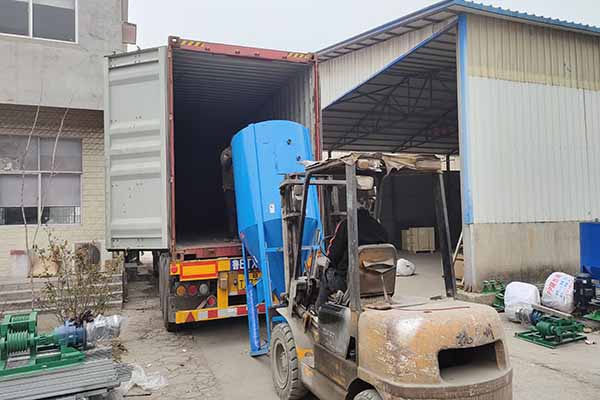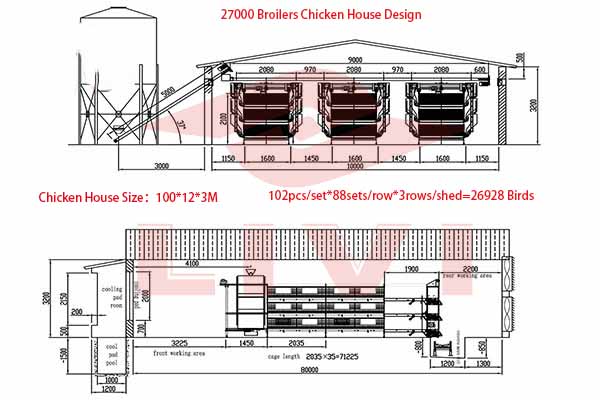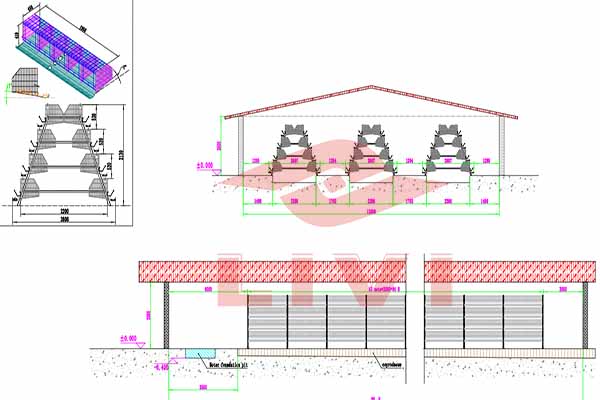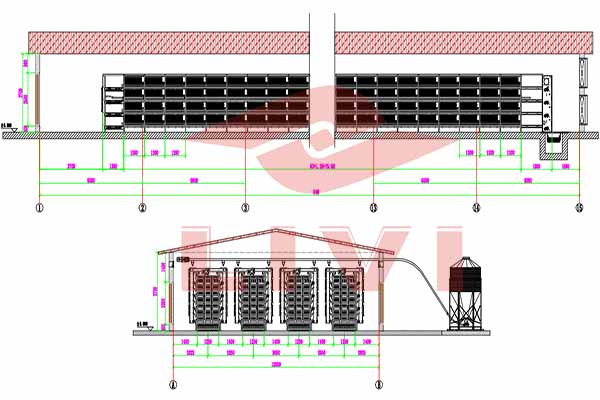Poultry Industry Challenges and Solutions: Navigating the Future of Chicken Farming
Introduction
The poultry industry is a vital sector of the global agricultural economy. However, it faces numerous challenges that can impact productivity, profitability, and sustainability. This article explores the key challenges in the poultry industry and offers potential solutions to address them.
Key Challenges in the Poultry Industry
1. Avian Influenza and Other Diseases: Avian influenza outbreaks can decimate poultry populations, leading to significant financial losses. According to the FAO, avian influenza has caused over $15 billion in losses globally since 2004.
2. High Feed Costs: The cost of feed, which accounts for about 60-70% of poultry production costs, is highly volatile and influenced by factors like climate change and global grain markets.
3. Resource Efficiency: Improving resource efficiency is crucial for sustainable poultry farming. This includes reducing water usage, minimizing waste, and ensuring optimal feed conversion ratios.
4. Market Volatility: Fluctuations in demand and prices can create significant challenges for poultry farmers and processors.
Solutions to Overcome Poultry Industry Challenges
1. Implementing Biosecurity Measures: To combat diseases like avian influenza, strict biosecurity protocols are essential. This includes isolating poultry from wild birds, controlling access to farms, and regular disinfection of facilities.
2. Diversifying Feed Sources: To mitigate the impact of high feed costs, poultry farmers can explore alternative feed sources such as genetically modified crops or by-products from the food industry.
3. Investing in Automation: Automated chicken cages and poultry farming equipment can improve efficiency and reduce labor costs. The use of automated systems can also enhance biosecurity by minimizing human contact with the birds.
4. Sustainable Resource Management: Implementing water recycling systems, reducing waste, and improving feed conversion ratios can contribute to more sustainable poultry farming practices.
5. Market Diversification: To reduce reliance on a single market, poultry farmers can diversify their product range, including organic and free-range options, which often command higher prices.
Case Study: Automated Chicken Cages
A study by the University of Georgia found that automated chicken cages can reduce the number of human-hours required for daily care by up to 50%. This not only reduces labor costs but also improves biosecurity by minimizing human contact with the birds.
Conclusion
The poultry industry faces significant challenges, but with the right strategies and solutions, these can be effectively managed. By implementing biosecurity measures, diversifying feed sources, investing in automation, and focusing on sustainable practices, poultry farmers can ensure a more profitable and sustainable future.
For more information on how our poultry farming equipment and automated chicken cages can help your operation, please leave a comment below or contact us for a free poultry farming design and equipment quote.





